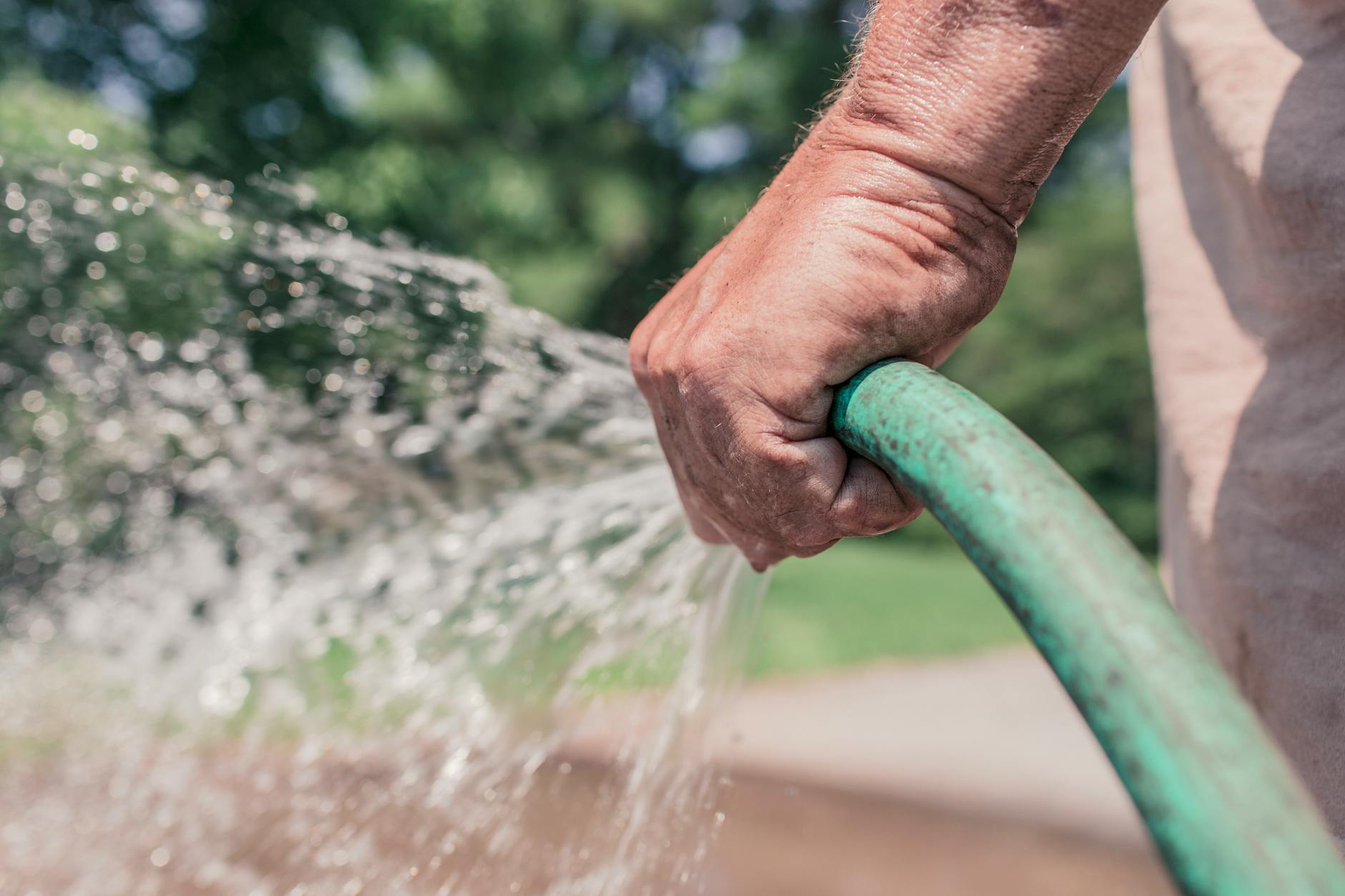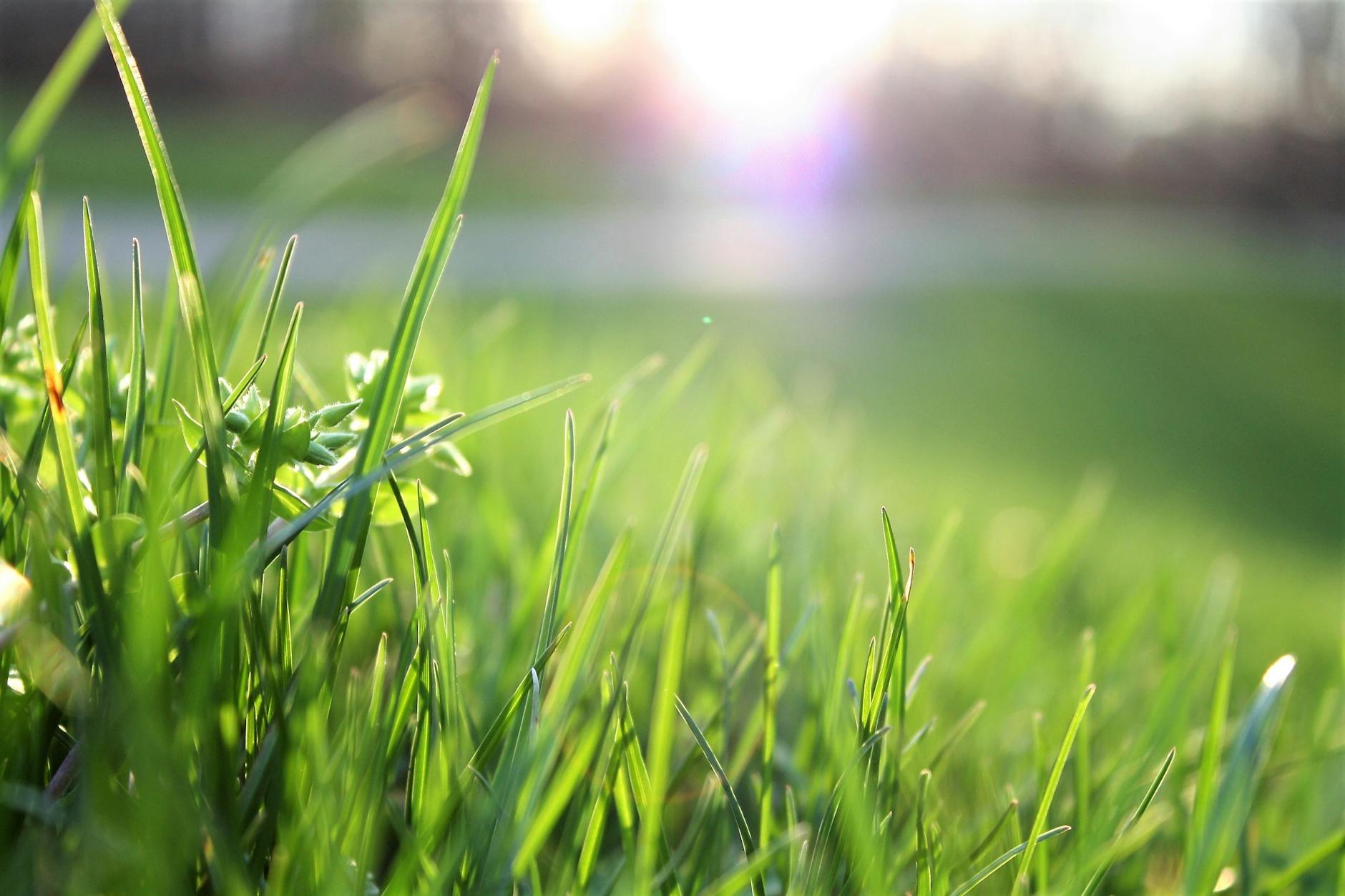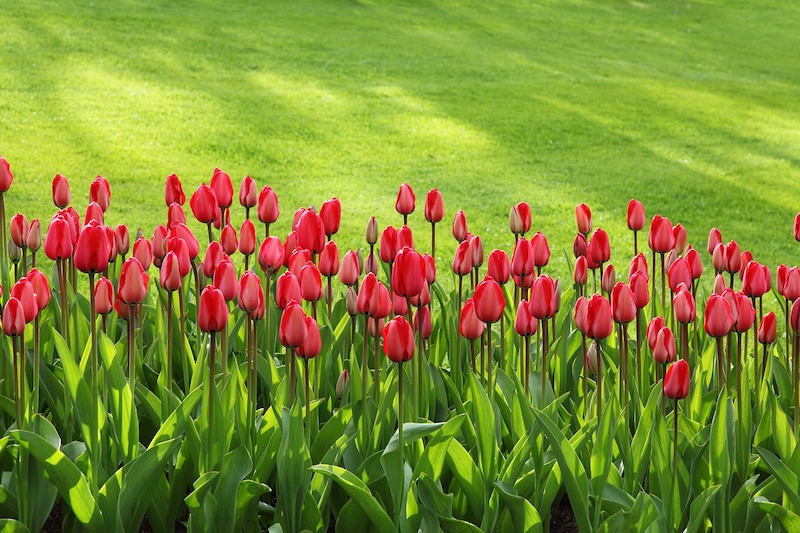Want to know the secret to an enviable lawn? A perfect lawn doesn’t end with newly-installed grass. In fact, it all starts after that, and how you follow this lawn care guide will spell the difference. Learn the simple steps to basic lawn care as you read on!
Rejuvenate Your Lawn With This Organic Lawn Care Guide
An unkempt lawn could easily be the failure of any garden, no matter how expensive the decor or how well-designed the landscape. I am not one to keep up with the Joneses, but when it comes to my lawn, I just can’t let my neighbors see my turf looking drab and neglected. With the entire neighborhood aware of how much I love gardening, my lawn simply must go beyond expectations. If you want the best lawn in the neighborhood but can’t be bothered with expensive maintenance, follow the simple steps below to keep it in tip-top shape!
Step 1. Watering

It’s difficult and expensive to maintain a lawn in a drought area since water is necessary to keep grass healthy and growing. Lucky if you’ve got a good irrigation system going, but you can follow this tip to grow a healthy turf: During the first two weeks of grass installation or seed sowing, the soil should be kept from drying out so the grass can root deeper.
Once the grass is established, water the grass sufficiently, but not too much or you’ll encourage disease and rack up unnecessary utility bills. Water deeply so the grass can develop deeper root system which will be beneficial to the grass during droughts. If you have a good deep soil, you can water your lawn an inch a week or more during summer or in semi-desert areas.
Step 2. Mowing
A well-trimmed and manicured lawn is achieved by going out there and doing the job of trimming the grass. While there are a lot of machines out in the market today to accomplish this task, I personally prefer the walk-behind push lawn mower which allows me to exercise and is much less expensive than other fancier machines. But whatever machine you use, as long as it’s kept in great condition with sharp blades, you’re good to go.
If you’re going on a summer vacation, you can prepare your lawn this way. Clip your lawn two weeks before you go on vacation and leave the clippings well-distributed over your turf. This will keep the grass moisturized with the grass clippings acting as an organic mulch. The grass clippings will also serve as an organic fertilizer as they decay and break down.
Step 3. Fertilizing

There are a lot of commercial fertilizers available out there, and as much as possible, go for the safe and organic ones so it does not affect other plants and soil quality. But if you’re resourceful, organic fertilizer can be had for your turf at a low cost and best of all, you’re assured it’s organic.
If you make your own compost, you can make a healthy organic fertilizer from it by making a compost tea. It’s easy to make compost tea and you can learn how to make homemade organic fertilizer from compost here. Spray your lawn with aerobic compost tea regularly to boost microbial activity in your lawn’s soil.
Step 4. Aeration
Consider using aeration tools for punching small holes in your lawn such as garden fork, rolling lawn aerator, or hollow tine aerator. Holes in your lawn allow air, nutrients, and water to be absorbed by the soil and the roots quicker and more effectively. Use shallow pricking or spiking during the drier months and hollow aerator during the wet months for effective lawn aeration.
Step 5. Top Dressing
An ideal soil is important for a healthy and thriving lawn. The deeper the soil, the deeper the grass roots can penetrate and be established. Even with the grass covering the soil, you can improve the soil with top dressing. This is the application of compost in your lawn to improve the soil. Get the soil and spread thinly over the grass. Use a sweeper to evenly distribute the compost in your lawn, making sure the grass tips are still exposed.
Step 6. Lawn Edging

It may not be very necessary, but giving your lawn a well-defined edging creates that polished, manicured look. A garden edging divides your turf and the rest of the garden. Plant stakes on the edge of the lawn you want to define and tie a string to mark the edge. Using a garden edger, slice through the grass and soil and edge away! A simple garden edger and some string can effectively do the job, but you can also find more great garden edging ideas here.
Step 7. Diagnose And Deal With Lawn Problems
Every now and then, you’ll be pestered by problems like a bald spot, mole mounds, weeds, and moss. For a bald spot, work the area by clearing it of dead grass, till the soil, then apply compost before sowing new grass seeds. You can check this solar mole repellent for your lawn to deal with pesky moles.
Deal with big and tall weeds like dandelions or crabgrass by hand, pulling them out on the spot. Moss occurs in North-facing lawns, caused by deep shade, too much moisture, poor drainage and air circulation. Avoid moss in your lawn by avoiding the factors that cause it in the first place.
Help yourself to more tips on lawn care in this video:
Got tips and ideas of your own for a knockout lawn? You can share them in the comments section below.
Give your garden landscape a boost with any of these easy DIY garden decorations you can do on a budget.
Don’t forget to follow us on Facebook, Instagram, Pinterest, and Twitter for more smart gardening ideas!
Feature image source via Houzz




3 thoughts on “Basic Lawn Care Guide | How To Get A Manicured Lawn In 7 Easy Steps”
Pingback: 39 Handy Homesteading Tools To Make You An Ultimate Homesteader | brandname
Pingback: 39 Handy Homesteading Tools To Make You An Ultimate Homesteader | Street Defense
I agree that to create a well-kept and trimmed lawn, you must go outside and do the necessary grass-cutting. Well, this is for me because my backyard has become a green monster, and after spending an entire weekend pushing a mower around, I’m seriously contemplating a ride-on mower – I need something that turns lawn care from a workout into a joyride. Cutting grass should not feel like training for a marathon.